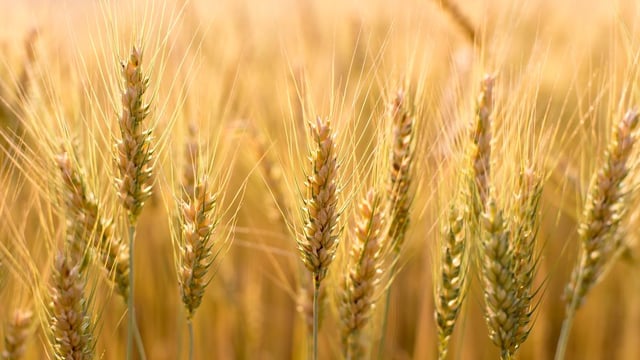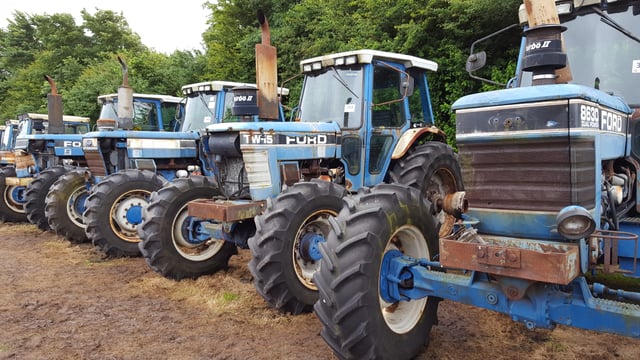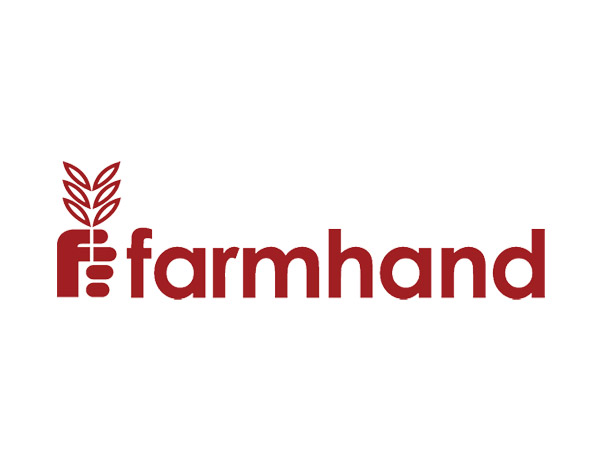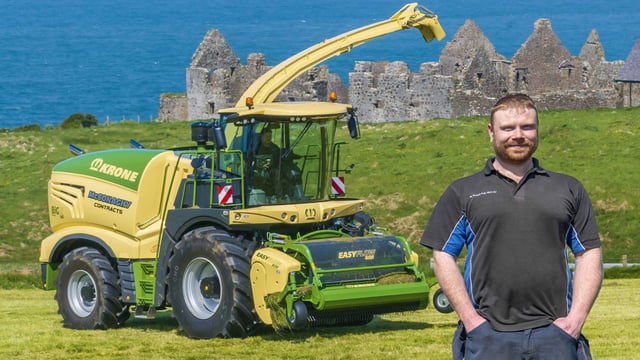5 benefits to having the correct lime content in your soil
In recent years there has been a steady decline in soil pH on Irish farms and currently close to 60% of soils have sub-optimal soil pH levels (i.e. soil pH less than 6.3).
With the majority of agricultural soils nationally at low soil pH status, the under application of lime is likely costing farmers dearly in terms of grass yield and quality.
Lime is a soil conditioner and corrects soil acidity by neutralising the acids present and allowing the micro-organisms and earthworms to thrive and break down plant residues, animal manures and organic matter.
This helps to release stored soil nutrients such as nitrogen (N), phosphorus (P), potassium (K), sulphur (S) and micro-nutrients for plant uptake.
In addition, ryegrass and clover swards will persist for longer after reseeding where soil pH has been maintained close to the target level through regular lime applications.
Benefits of Correcting a Lime Deficiency:
- Grassland soils release up to 80kg N/ha once restored to soil pH 6.3.
- Maintaining the correct soil pH is critical for nutrient availability of soil P and K.
- Increased survival and productivity of rye grasses and clover.
- Research shows where soil pH was lifted from pH 5.5 to 6.3 grass produced increased by at least an extra 1.0 tonne DM/ha annually.
- Increased grass production from lime is worth at least €161/ha/year.
Lime Losses:
Lime is lost from the soil mainly in drainage water. This loss is from 250 to 500kg per hectare/year depending on the rainfall, soil type and the amount of lime in the soil at the start. Crops and livestock also remove lime.
An average crop of silage or hay removes 60 to 80kg per hectare per year of limestone. Completing a soil test is the first step to take to correct any lime deficiency.
Ideally, soil samples should be taken by a professional agriculturist, or a person trained in taking samples. Follow carefully any recommendations of your Teagasc Adviser or Agricultural Consultant.
Return on Investment from Ground Limestone Usage:
When the pH of grassland soils are maintained close to the optimum range increased grass production by at least 1.0t DM/ha/year can be achieved. In addition to P and K release from the soil, N supply worth up to €80 euro may also be achieved, boosting spring growth in particular.
If this extra grass production is utilised by the grazing livestock it has the potential to reduce farm feed bills by at least €161/ha/year.
One tonne of additional grass production each year over a typical 5 year liming period (5 t/ha lime applied) represents a ~6:1 (grass €161/t:lime €25/t) return on investment in lime, not including the potential for reducing fertiliser costs into the future.
For example for every €100 investment in lime there will be a return of approximately €650 in extra grass production annually. This represents a return of €6.50 for every €1 invested in lime.
When to Apply Lime:
- Lime can be applied at any time of the year, however, mid-summer and autumn are ideal as soils are dryer and firm, there are increased spreading opportunities post silage and grazing and there is less interference with slurry or N fertiliser applications.
- A 3-5 year liming plan for the farm should be developed by your Teagasc Adviser or Agricultural consultant to address the fields that urgently require pH correction and those that will need maintenance lime applications over the coming years.
- Leave at least 3 months between liming and silage harvest.
- Leave 3 months between applying lime first and following with urea/slurry application.
Martina Gormley, Teagasc Adviser, Galway/Clare Regional Unit




